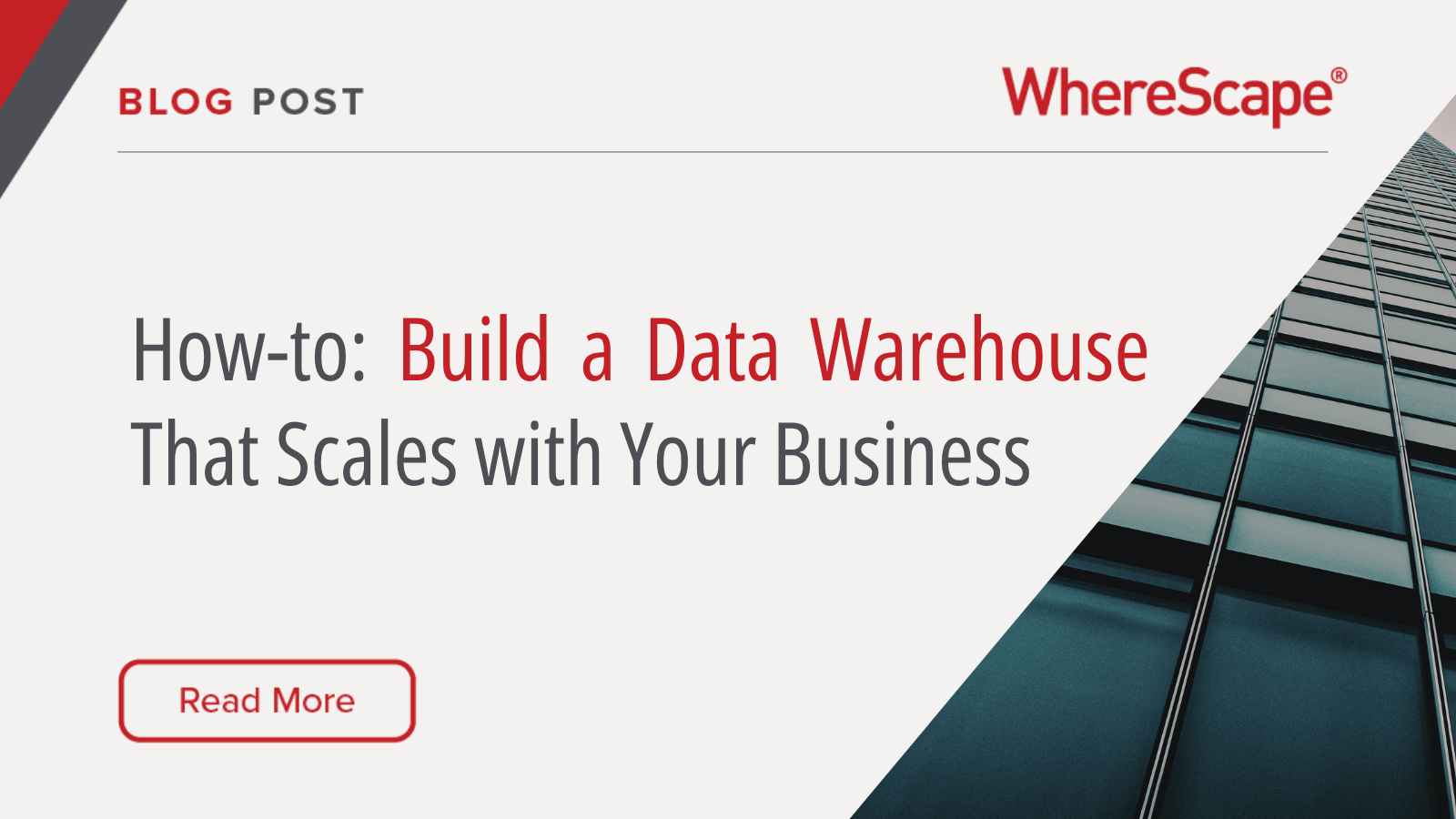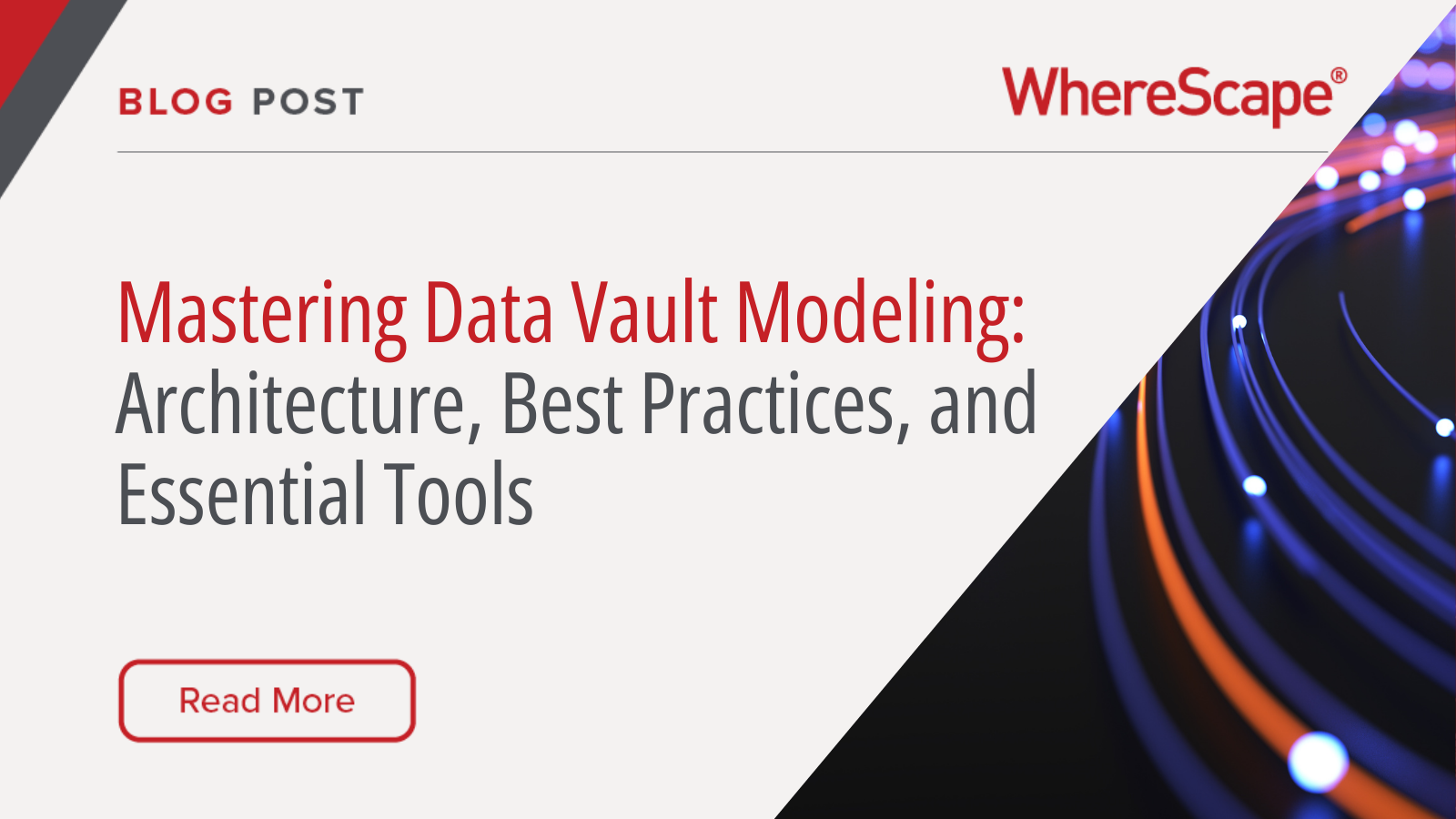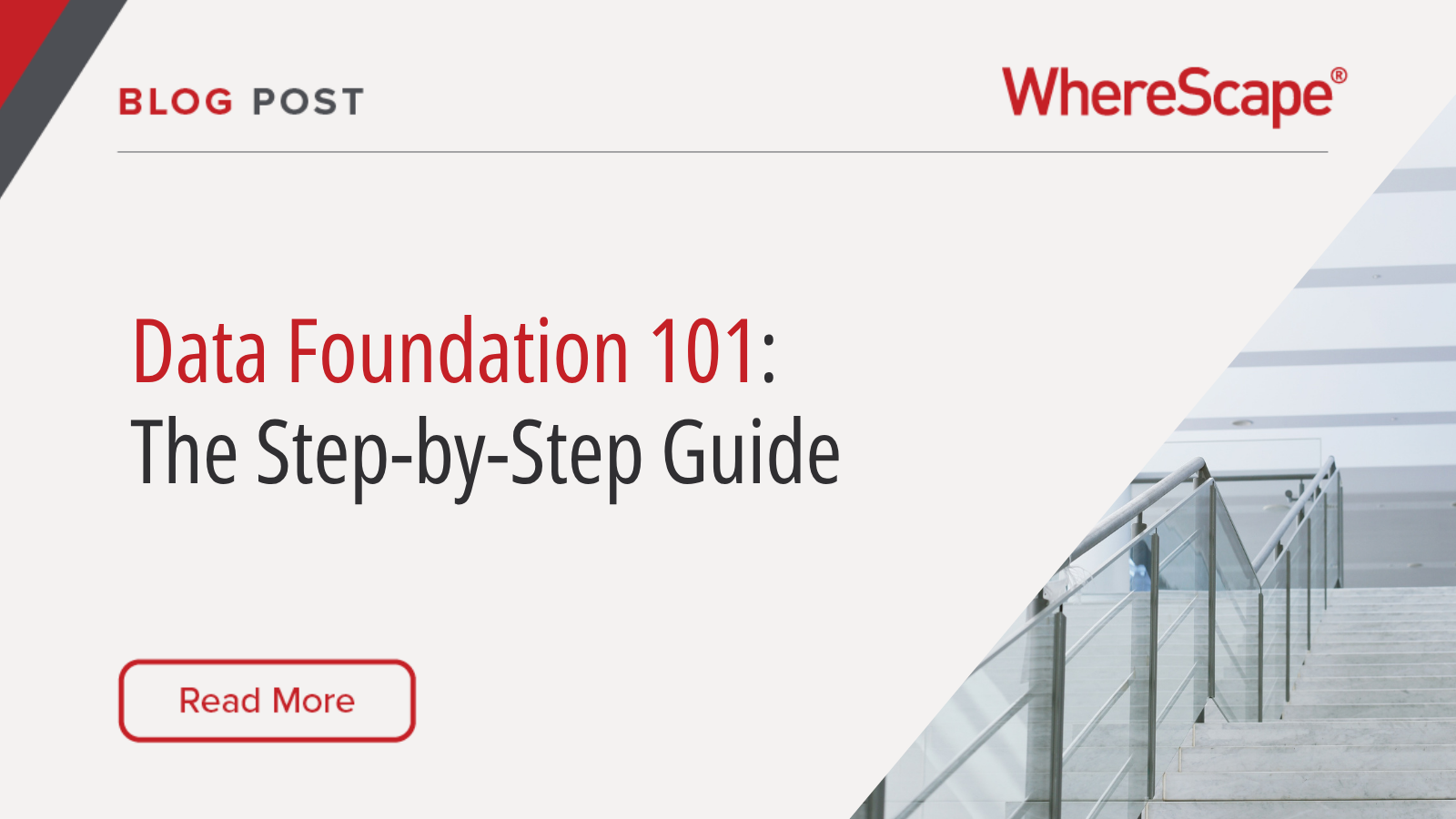Building a data warehouse is one of the most meaningful steps teams can take to bring clarity and control to their data.
It’s how raw, scattered information turns into something actionable — a single, trustworthy source of truth that drives reporting, analytics, and decisions.
But while the payoff is obvious, getting there rarely feels simple. Between choosing the right architecture, mapping data flows, and getting teams aligned around a shared data model, even experienced IT and analytics leaders can lose time and momentum.
And here’s the thing: A successful data warehouse combines technology with planning, structure, and the kind of smart automation that closes the gap between concept and insight.
In this article, we’ll walk through what a data warehouse is, the key steps to building one, how architectural choices shape performance, and how automation can help remove friction every step of the way.
What Is a Data Warehouse and Why It Matters for Modern Analytics
A data warehouse is the backbone of modern analytics — the place where all the moving parts of a business finally connect around a single, reliable view of the truth.
It unifies data from systems like CRM, ERP, marketing platforms, and financial tools, structuring everything in a way that actually makes sense.
Unlike operational databases that handle day-to-day transactions, a data warehouse is built for perspective. It’s designed to answer the bigger questions. It’s designed to spot trends, to forecast outcomes, and to compare performance over time. When built right, your data warehouse gives you the confidence to make decisions based on facts, not hunches.
So why does it matter so much? Here’s what makes a strong data warehouse the foundation of modern analytics:
- Unified data, unified truth: Centralizes information from multiple systems so teams stop arguing over whose numbers are “right.”
- Faster queries and clearer dashboards: Optimized for analytical queries that run in seconds, not hours, helping leadership respond to changes in real time.
- Historical context: Tracks data over time, revealing patterns and performance shifts that transactional systems can’t easily show.
- Stronger governance and security: Applies consistent rules for data access, quality, and retention — essential for compliance and trust.
- Foundation for AI and predictive analytics: Provides the clean, well-modeled data needed for machine learning and future-facing initiatives.
When a company builds a data warehouse, it’s really investing in clarity — the power to see what’s going on, understand why it’s happening, and make confident decisions. A well-designed warehouse becomes the backbone of data-driven thinking, helping teams move faster, trust their insights, and take action that drives the business forward.
How Automation Accelerates Data Warehouse Development
Building a data warehouse used to be a long, manual process, full of repetitive coding, complex integrations, and constant maintenance. Data automation changes that story. By using tools that handle routine work behind the scenes, teams can focus on strategy, analysis, and innovation instead of infrastructure setup. Here’s how data automation speeds everything up and improves outcomes:
- Faster data integration
Automated ETL (extract, transform, load) pipelines move data from multiple sources into the warehouse without manual scripting. This means updates happen in real time or on a schedule, keeping insights fresh and decisions timely. - Consistent data quality
Automation tools catch errors, duplicates, and inconsistencies before they reach your dashboards. With reliable, clean data, analysts and executives can trust what they see — no more wasting time second-guessing reports. - Streamlined schema design and updates
Instead of manually defining every table or field, automation assists with schema generation and version control. When new data sources or structures come online, the warehouse can adapt quickly without downtime. - Reduced deployment and testing time
Automated workflows help teams deploy changes faster — from staging environments to production — while continuously testing for performance and accuracy. That shortens development cycles and reduces human error. - Improved scalability and resource management
Platforms like Snowflake or Redshift can scale compute automatically based on workload demand. During heavy data loads or peak analysis times, the system automatically allocates capacity to keep performance high. - Fewer maintenance headaches
Automation simplifies ongoing monitoring and optimization. Instead of manually tuning queries or rebalancing storage, intelligent tools handle it automatically — freeing IT teams to focus on bigger initiatives.
In short, automation turns data warehouse development into a faster, smarter, and more reliable process. It helps teams deliver analytics-ready data in days instead of months, while reducing costs and human error along the way.
Ten Steps for Building a Data Warehouse From Strategy to Deployment
With that being said, building a data warehouse takes planning, patience, and a clear sense of direction.
The best results come from teams that treat building it like a strategic initiative, not just another IT project. Before you start connecting systems and modeling data, it’s worth stepping back to understand the bigger picture — what problems you’re solving, how the data will be used, and who needs it most.
Here’s a practical, ten-step process that brings structure and momentum to the work, from early planning to full deployment.
1. Define business goals
Begin with outcomes, not tools. What decisions should this warehouse make easier? Identify a handful of high-impact questions — things like tracking profitability, reducing churn, or improving forecasting accuracy. Those goals will guide every architectural and modeling choice.
2. Identify and evaluate data sources
List every system that generates useful data: CRM, ERP, marketing automation, web analytics, and any custom applications. Note how each source updates, how accurate it is, and whether it fits your initial business priorities. Not all data needs to move on day one.
3. Choose your architecture
Decide where the warehouse will live — on the cloud, on-premises, or a mix of both. Cloud platforms often win on scalability and cost efficiency, while on-prem environments can simplify compliance for certain industries. The right answer depends on your performance, governance, and budget needs.
4. Pick a modeling approach
Decide how you’ll organize the data. Dimensional models (like Kimball’s star schema) are great for business reporting, while Data Vault or Inmon methods provide flexibility for evolving environments. Choose a structure that fits your team’s skill set and analytical goals.
5. Establish governance and security
Create clear rules for ownership, data access, and retention. Define who approves schema changes, how personally identifiable information (PII) is handled, and how quality issues are resolved. Governance builds trust in the data.
6. Plan data ingestion and integration
Design how data will move from source systems to the warehouse. Choose between batch and streaming, ETL or ELT, and outline validation checks for every load. Set up alerting, retry logic, and version control so issues are caught early, not by end users.
7. Build and test data layers
Construct your landing, staging, and presentation layers in sequence. Use the landing layer to store raw data, staging to clean and align it, and presentation to make it analytics-ready. Test each step thoroughly for completeness, accuracy, and performance.
8. Optimize for speed and cost
As data grows, so do query times and storage bills. Partition large tables, index intelligently, and build summary tables where reports need speed. Keep cost dashboards in place from day one so you can spot inefficiencies early.
9. Validate and involve users
Bring in analysts and business users before launch. Have them test dashboards and metrics to confirm definitions, filters, and totals. This collaboration ensures adoption and prevents misunderstandings once the warehouse is live.
10. Launch, monitor, and evolve
Roll out in phases, monitor performance, and track data quality metrics. Set up alerts for slow queries, schema changes, and missing loads. Treat the warehouse as a living product, something that grows alongside your business and continues to improve with each iteration.
Bringing a data warehouse to life takes just as much planning and teamwork as it does technology. The ten steps above create a rhythm — plan, design, test, refine — that keeps the project grounded in real business needs while building something scalable and durable. When each stage is handled with care, the result is a foundation the entire organization can trust.
Data Warehouse Architecture: Cloud vs. On-Prem vs. Hybrid
Choosing the right data warehouse architecture sets the tone for everything that follows — performance, scalability, cost, and even how easily your team can experiment with new data sources.
Because there’s no one-size-fits-all approach, it helps to see how the main options compare side by side. The table below breaks down the strengths, weaknesses, and ideal use cases for cloud, on-premises, and hybrid data warehouse architectures.
| Category | Cloud Data Warehouse | On-Premises Data Warehouse | Hybrid Data Warehouse |
| Deployment | Fully hosted on a cloud provider (e.g., AWS, Azure, GCP) | Physically installed and managed on local servers | Combines on-prem and cloud environments |
| Scalability | Highly elastic — resources scale up or down on demand | Limited by hardware capacity | Moderate — can scale cloud portion easily |
| Cost Model | Pay-as-you-go (OPEX) | High upfront investment (CAPEX) | Mix of upfront and recurring costs |
| Maintenance | Managed by provider | Requires internal IT team for upkeep and updates | Shared responsibility between cloud provider and IT team |
| Performance | Optimized for distributed processing and high availability | Dependent on local infrastructure and hardware | Balances local speed with cloud flexibility |
| Security | Built-in encryption, identity management, and compliance features | Full control over security but requires more effort | Offers flexibility to apply security at multiple layers |
| Integration | Easy integration with modern analytics, AI, and automation tools | Limited compatibility with newer tools | Can bridge legacy systems with cloud platforms |
| Best For | Fast-growing businesses and data-driven teams that prioritize agility | Highly regulated industries or companies with strict data sovereignty needs | Organizations transitioning to the cloud or balancing workloads |
Best Practices for Maintaining, Optimizing, and Scaling Your Data Warehouse
A strong data warehouse requires ongoing attention — tuning performance, managing resources, and adapting to new data demands. The goal is balance: automate the routine, monitor what matters, and continually refine for speed and accuracy.
Here’s what that looks like in practice. Here is how WhereScape helps you achieve it:
- Automate routine maintenance
WhereScape handles repetitive warehouse work like schema changes, data refreshes, and dependency management. Teams spend more time delivering insights and less time fixing processes. - Monitor performance in real time
Built-in monitoring highlights slow queries and underperforming jobs. WhereScape gives teams visibility to resolve issues before they affect users. - Optimize storage and compute costs
Automated retention, compression, and partitioning strategies keep data accessible without driving up costs. - Scale intelligently with demand
Whether operating on-premises, in the cloud, or a hybrid model, WhereScape enables seamless scaling without code rewrites or rework. - Promote continuous improvement
Metadata-driven insights reveal how the warehouse evolves. Teams use this visibility to refine performance and align analytics with business priorities.
Ready to keep your data warehouse fast, flexible, and future-proof?
Schedule a demo today to see how WhereScape automation simplifies maintenance, reduces costs, and helps teams scale with confidence.
FAQ
A data warehouse gives your organization a single, trustworthy view of its data. Instead of juggling reports from different systems, everything lives in one place — structured for analysis, forecasting, and smarter decisions. It turns raw information into something people can actually use.
Timelines vary based on complexity and resources. Traditional builds can take several months, but with automation platforms like WhereScape, teams often reduce that to weeks. The real factor is clarity — when goals, data sources, and governance are well defined, everything moves faster.
Not necessarily — it depends on your goals. Cloud data warehouses are great for flexibility and scalability, while on-premises options offer tighter control for organizations with strict security or compliance needs. Many businesses use a hybrid setup to get the best of both worlds.
Automation replaces repetitive coding and manual ETL processes with smart workflows. It helps teams move data faster, catch quality issues automatically, and adapt to new data sources without starting from scratch. It also makes maintenance less painful — the warehouse keeps running smoothly with fewer manual interventions.
Anything that drives decisions. That might include sales data, customer interactions, marketing metrics, financial records, or even IoT sensor data. The key is consistency — pulling in accurate, well-structured data that adds value to your reporting and analysis.
Efficiency comes from monitoring, optimization, and smart automation. Keep an eye on query performance, storage use, and data freshness. Platforms like WhereScape help by automating schema updates, tracking dependencies, and scaling compute resources automatically when demand spikes.
If your analytics are slowing down, reports don’t match, or new data sources are hard to integrate, it might be time for a redesign. Modern architectures — especially in the cloud — make it easier to evolve without losing the foundation you’ve built. The best data warehouses are living systems that grow with your business.




